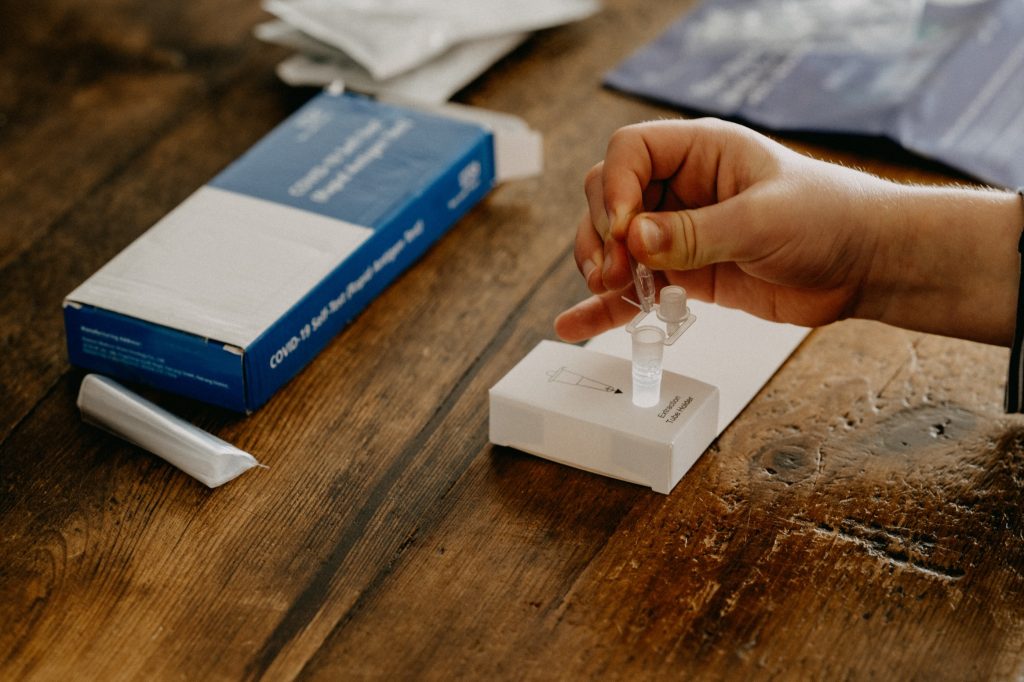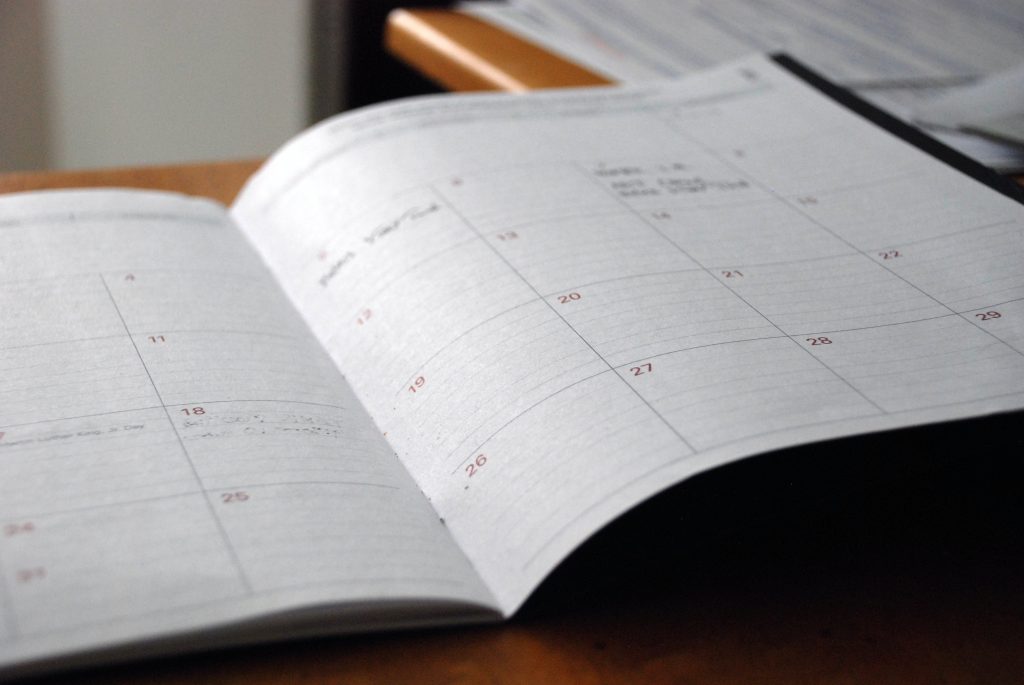
Inside this month’s issue, we explore some important updates – ATO’s new legislation that requires all directors of Australian companies to have a director identification number (DIN), the tax deductibility of RAT tests, and the pandemic leave disaster payments rule change. Read on to learn more.
Apply for your Director Identification Number (DIN) now!

A new legislation requires all directors of Australian companies to have a director identification number (DIN).
You will need to apply for a DIN if you are a company director. This includes if you are director of your SMSF corporate trustee or family trust.
You will also need to apply for a DIN if you are acting in the capacity of an alternate director, even if you are appointed for a specified period or a temporary basis.
What is a DIN?
A director ID is a unique 15-digit number that identifies you as a director of an Australian company, registered Australian body or Australian registered foreign company. A director can only have one DIN that they must use for all companies.
The purpose of introducing DINs is to prevent the use of fictitious director identities, assist regulators trace directors’ relationships with companies and better identify directors involved in unlawful activity.
Unfortunately, we are unable to apply for a DIN on your behalf. You must apply for your own DIN to verify your identity. We can however assist you by advising you of the steps.
How to apply for a DIN?
Firstly you will need to visit abrs.gov.au/DirectorID, and click ‘Apply now’.
Follow the 3-step process set out on the website, being:
Step 1 – Set-up a myGovID.
You will need a myGovID with a standard or strong identity strength using two Australian identity documents, such as:
- Driver’s licence or learner’s permit
- Passport
- Birth certificate
- Visa (using foreign passport providing still in Australia)
- Citizenship certificate
- ImmiCard
- Medicare card
If you already have a myGovID go to Step 2.
Tip – myGovID is different from myGov.
myGovID is an app. You download the myGovID app to your smart device. It lets you prove who you are and log in to a range of government online services, including myGov.
myGov is an account. Your myGov account lets you link to and access online services provided by the Australian Taxation Office (ATO), Centrelink, Medicare and more.
Step 2 – Gather the documents required for identification.
You will need to have some information the ATO knows about you when you apply for your DIN:
- Your tax file number (TFN)
- Your residential address as held by the ATO
- Information from two documents to verify your identity
Examples of the documents you can use to verify your identity include:
- Bank account details
- An ATO notice of assessment
- Super account details
- A dividend statement
- A Centrelink payment summary
- PAYG payment summary
Step 3 – Complete your application.
Once you have a myGovID with a standard or strong identity strength, and information to verify your identity, you can log in and apply for your DIN.
Your myGovID details and ATO details will be prefilled and all you need to do is enter your place of birth, postal address, mobile number, any former names and complete the declaration.
The application process should take less than 5 minutes and once complete, you will instantly receive your DIN.
Tip – if you are a director and living overseas, you can still apply online if you can verify your identity with myGovID.
When do I need to apply for a DIN?
When you must apply for a DIN depends on the date you became a director.
The table below summarises the key dates of when you need to apply for a DIN.
| Date you were appointed a director | Date you must apply for a DIN |
| On or before 31 October 2021 | By 30 November 2022 |
| Between 1 November 2021 and 4 April 2022 | Within 28 days of appointment |
| From 5 April 2022 | Before appointment |
What happens if you don’t apply?
Penalties may apply if you don’t apply for a director ID on time. ATO will consider your circumstances when deciding what action to take.
PCR and RAT Tests to be Tax Deductible, FBT Free

The Treasurer has announced that PCR and rapid antigen tests (RAT) will be tax deductible for individuals and exempt from fringe benefits tax (FBT) for employers if purchased for work purposes.
There has been confusion over the tax treatment of RAT tests with the Prime Minister stating for some time that they are tax deductible, but in reality, the tests were probably only deductible in limited circumstances.
If you have had to purchase RAT tests to be able to work, you will be able to receive a tax deduction for the cost you have incurred from 1 July 2021 (you will need evidence of the expense). If the RAT test cost $20, someone on a marginal tax rate of 32.5% would receive a tax benefit of $6.50.
For business, it is expected that RAT, PCR and other coronavirus tests will be exempt from FBT from the 2021-22 FBT year.
Legislation enabling the change is expected before Parliament this week.
Pandemic Leave Disaster Payments Rules Change

The rules for the Pandemic Leave Disaster Payment, the payment accessible to those who have lost work because they have had to self-isolate with COVID-19, or are caring for someone who contracted it, changed on 18 January 2022.
The new rules change the definition of a close contact in line with the harmonised national definition. The payment is now accessible if you are a close contact because you either usually live with the person who has tested positive with COVID-19, or have stayed in the same household for more than 4 hours with the person who has tested positive with COVID-19 during their infectious period.
The payment provides:
- $450 if you lost at least 8 hours or a full day’s work, and less than 20 hours of work
- $750 if you lost 20 hours or more of work.
To claim the payment, you will need to be an Australian citizen, permanent visa holder (or temporary visa holder with a right to work) or a New Zealand passport holder. The payment is also subject to means testing with a $10,000 illiquid assets test.


